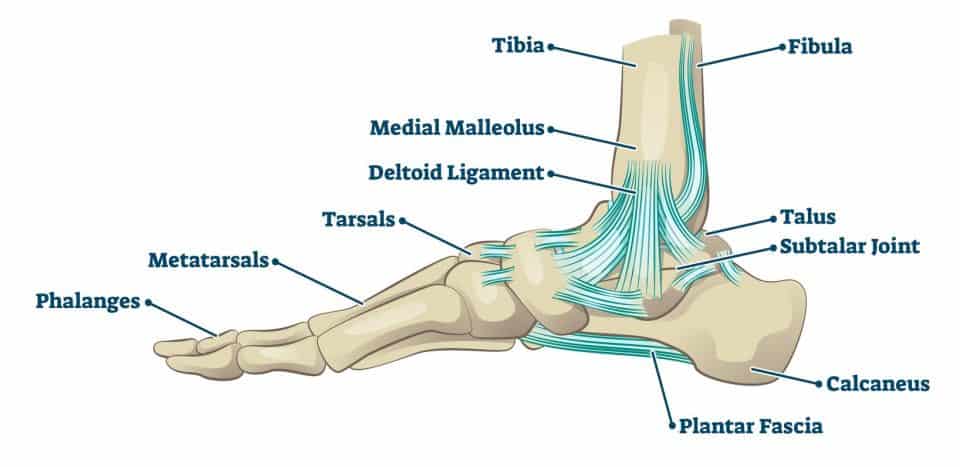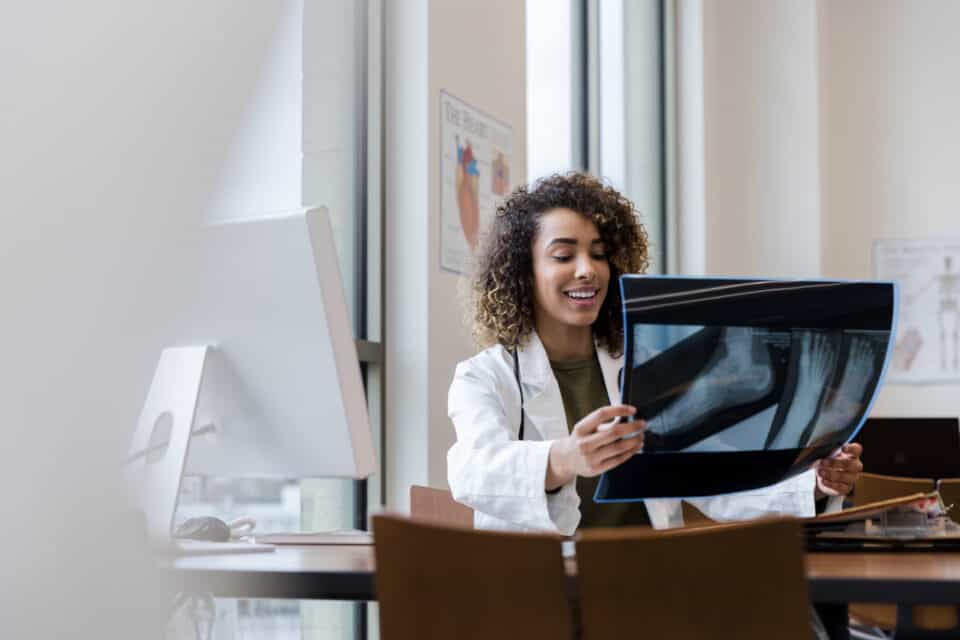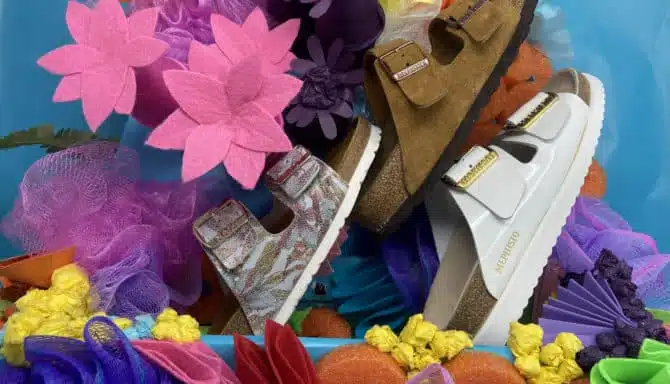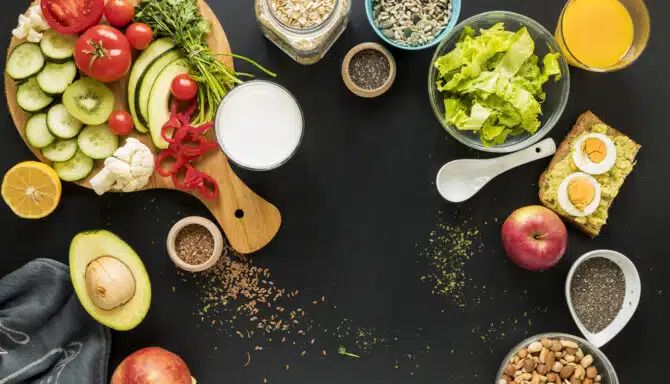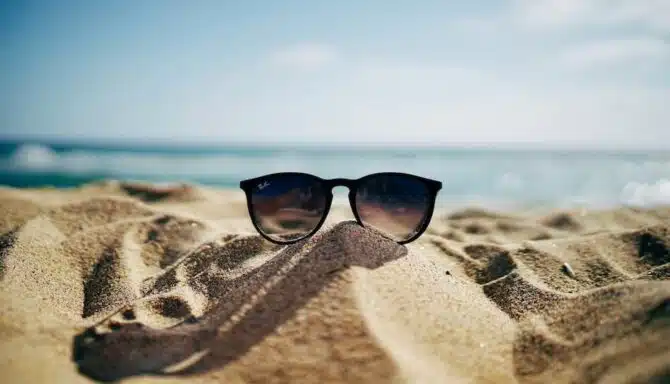“Broken foot” is a broad and general term. Which bone did you break exactly? Each foot contains 26 bones and 100+ joints, muscles, tendons, and ligaments making it a complex network of parts.
A broken bone is the most serious bone injury. It involves the partial or complete breaking of a bone. It can be either a crack or a break.
Think of your bones like an HB pencil. It can bend. But there’s a breaking point when you exert too much pressure. Although bones are incredibly resilient, once you go beyond a bone’s breaking point, it cracks or fractures.
In this article, you’ll learn about the types of bone breaks, common broken foot bones, recovery time, and ways to diagnose the severity of the injury.
Types of bone breaks
There are several types of bone breaks, as well as two categories of the displacement of broken bones.
- Stress fracture: A stress fracture, or hairline fracture, is a crack in the bone. This is often caused by repetitive movements that over time cause the bone to weaken and ultimately crack. This is the least severe form of a broken bone and is common in the leg and foot, namely the tibia, femur, and metatarsals.
- Stable fracture: A stable fracture is a clean break in the bone where the bone maintains its alignment. This means that no surgery is necessary. Instead, a cast may be sufficient to stabilize the bone while it heals.
- Open (compound) fracture: A compound fracture is when a bone breaks and pierces through your skin. This severe injury often requires surgery, both to close the skin to prevent infection, and to re-align the broken bone.
- Transverse fracture: A transverse fracture is an injury where the bone breaks at a right angle (i.e.: in a straight line perpendicular to the length of the bone). This type of injury on an X-ray would be analogous to sawing the trunk of a tree.
- Oblique fracture: Whereas a transverse fracture is straight across bone, an oblique fracture is a broken bone that occurs at an angle. On an X-ray, this would look like a bone with two pointed edges close to or at the breaking point.
- Spiral fracture: Also called a “torsion fracture”, a spiral fracture involves a twisting force. Like an oblique fracture, the bone breaks at an angle; however, the extreme twisting force also causes a component of the break to be parallel to the length of the bone.
- Comminuted fracture: A comminuted fracture is when a bone breaks in multiple locations. This severe injury is usually the result of a major accident, like a crash or bad fall.
- Avulsion fracture: An avulsion fracture involves the detachment of a bone (or piece of the bone) from the tendons and ligaments it’s attached to. Avulsion fractures are most common in the ankle.
Not only are there different types of fractures, but there are also two categories for the extent of the break. These are non-displaced fractures, in which broken bones generally maintain their original alignment, and displaced fractures, where a broken bone requires re-alignment because it’s forced out of position.
Most common broken foot bones
- Metatarsals: Your metatarsals are the small but mighty bones in your toes. Each of your toes has a metatarsal and are labeled from one through five, starting with your first (big toe). The fifth metatarsal (aka your pinky toe) is prone to breaks because of the regularity of stubbed toes, whether it’s in your home, at work, or on the field. (Read more on what to do when/if you stub your toe.) That’s not to say your other metatarsals aren’t also prone to breaks. Each of your toes can break, especially if you’re someone who lifts and drops items or works in a labour-intensive industry.
- Tibia: Your tibia, also known as the shin bone, is prone to breaks, both from one-time trauma or repetitive usage. As a weight-bearing bone, this is a common site of stress fractures. It’s also prone to full breaks as it’s the connector between your ankle and knee. This is a commonly broken bone in sports where your lower legs are targeted, like basketball, football, hockey, or soccer.
- Heel bone: Your heel can break from falling and landing on your feet. For example, you may fall down the stairs feet first and injure your heel, or you could fall off a ladder. Other kinds of trauma impacting the foot, like a car accident, can also break your heel.
Causes of Broken Foot Bones
The most common causes of fractures are:
- Trauma: Trauma refers to an acute injury to the bone causing it to break. This is usually a one-time event that forces a bone beyond its breaking point. Common scenarios include falls, car crashes, collisions during sports, or even stubbing your toe.
- Osteoporosis: Osteoporosis is a disease that weakens the bone. Specifically, it occurs when bone mineral density is reduced, making breaks and fractures more common. This condition is common in women after menopause (the 12-month timeframe after a woman’s last period) but it can also occur in men and premenopausal women. Hormonal disorders, chronic diseases, and smoking can all contribute to reduced bone mineral density, lack of calcium or other mineral deficiencies in bone composition.
- Overuse/stress: Minor, but repetitive trauma to a bone can cause it to crack and break. These repeated forces over time don’t necessarily push your bone beyond its breaking point at once. Rather, the consistent impact causes slow degradation and weakens a part of your bone to the point where it can no longer recover between uses. These overuse injuries are commonly referred to as stress fractures. A precursor to a stress fracture is a stress reaction, which is a deep bone bruise. Stress reactions can turn into a stress fracture if not treated. Common overuse injuries occur in long-distance runners, soccer players, and jumping up and down repeatedly.
How long does it take for a broken foot to heal?
There’s no exact timeline but bones can take anywhere from 6-12 weeks to heal. Recovery largely depends on the severity of the fracture, as well as your recovery efforts. Additionally, whether the broken bone is weight-bearing or not has an impact on recovery time. Generally, children and young adults heal faster, whereas the older population will have delayed recovery.
Your diet and eating habits also influence recovery time. A diet rich in calcium and vitamin D helps restore bone tissue (vitamin D helps your body absorb the calcium). Foods rich with calcium include dairy products like milk, cheese, and yogurt, as well as non-dairy foods such as almond milk, orange juice, cereals, broccoli, greens, beans, and fish. Foods with plenty of Vitamin D include mushrooms, soy milk, oatmeal, fish, and eggs (especially the yolks!).
How can you tell if you break a bone?
The fastest and most reliable method to diagnose a broken bone is for a doctor to perform medical imaging. X-rays are a common method to diagnose fractures and broken bones, whereas MRIs are done to examine muscles, tendons, and ligaments.
However, there are other symptoms and signs of a broken bone. These include, but are not limited to:
- Hearing a snap: Except perhaps in the case of ankle popping and cracking, a snapping noise is indicative of a broken bone.
- Pierced skin: As bad as it sounds, a more obvious way to tell if you have a broken bone is if it’s visible, namely in the case of compound fractures.
- Location: Where it hurts can tell you a lot about whether you’ve broken a bone or not. Pain localized to the bone itself is a good indicator compared to, say, pain in soft tissue, in which case it may be a muscle or tendon injury rather than a bone injury. If the bone is painful to touch, it may be a broken bone.
- Unable to bear weight on it: With broken bones, especially weight-bearing bones, putting any sort of weight on it is painful. That said, broken bones, depending on the severity and time since injury, may be painful when you have little to no weight on the joint.
- Swelling: Common with a broken foot is bruising and/or discoloration. This association is however challenging. Swelling is a sign of a number of conditions and injuries unrelated to a broken bone.
If you experience any of the above signs and symptoms, you should immediately seek medical attention and get medical imaging.


